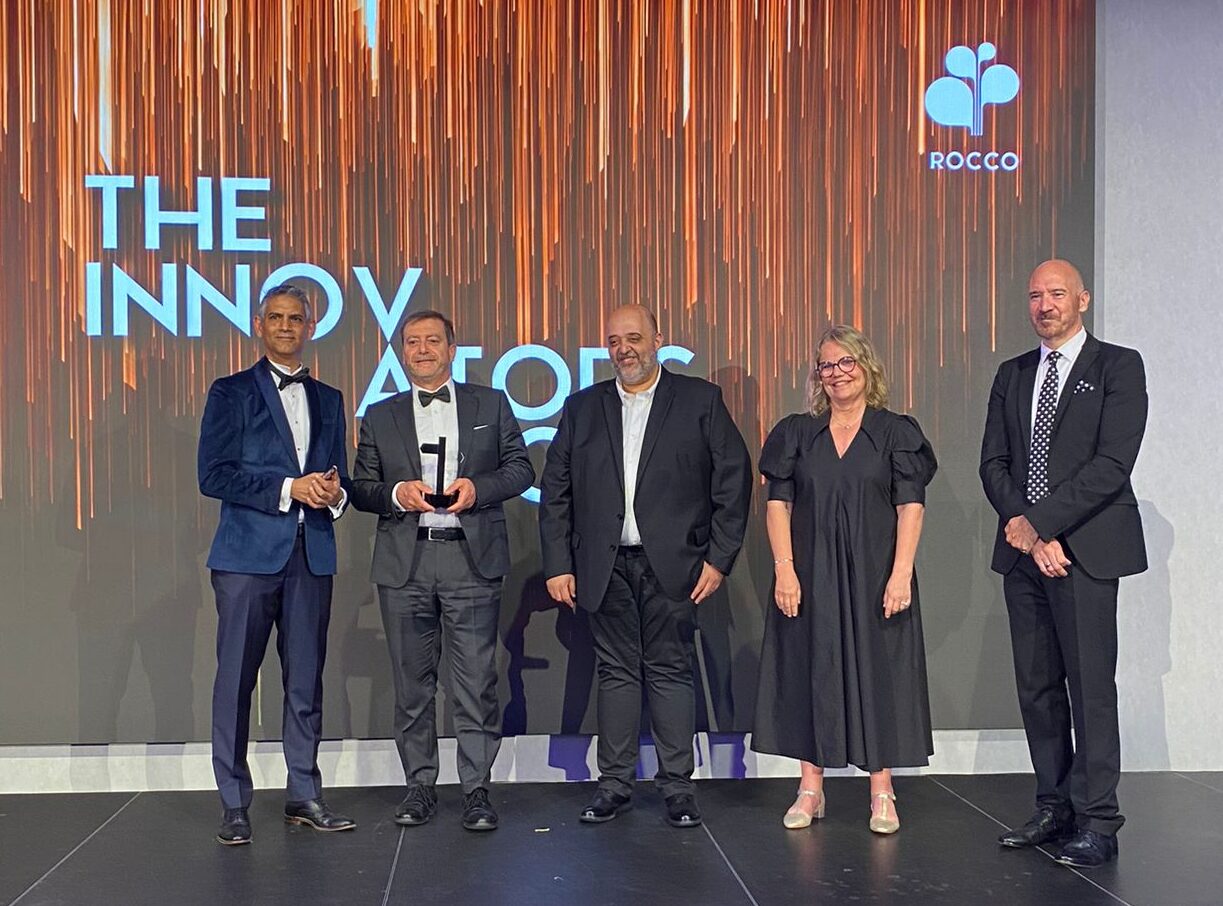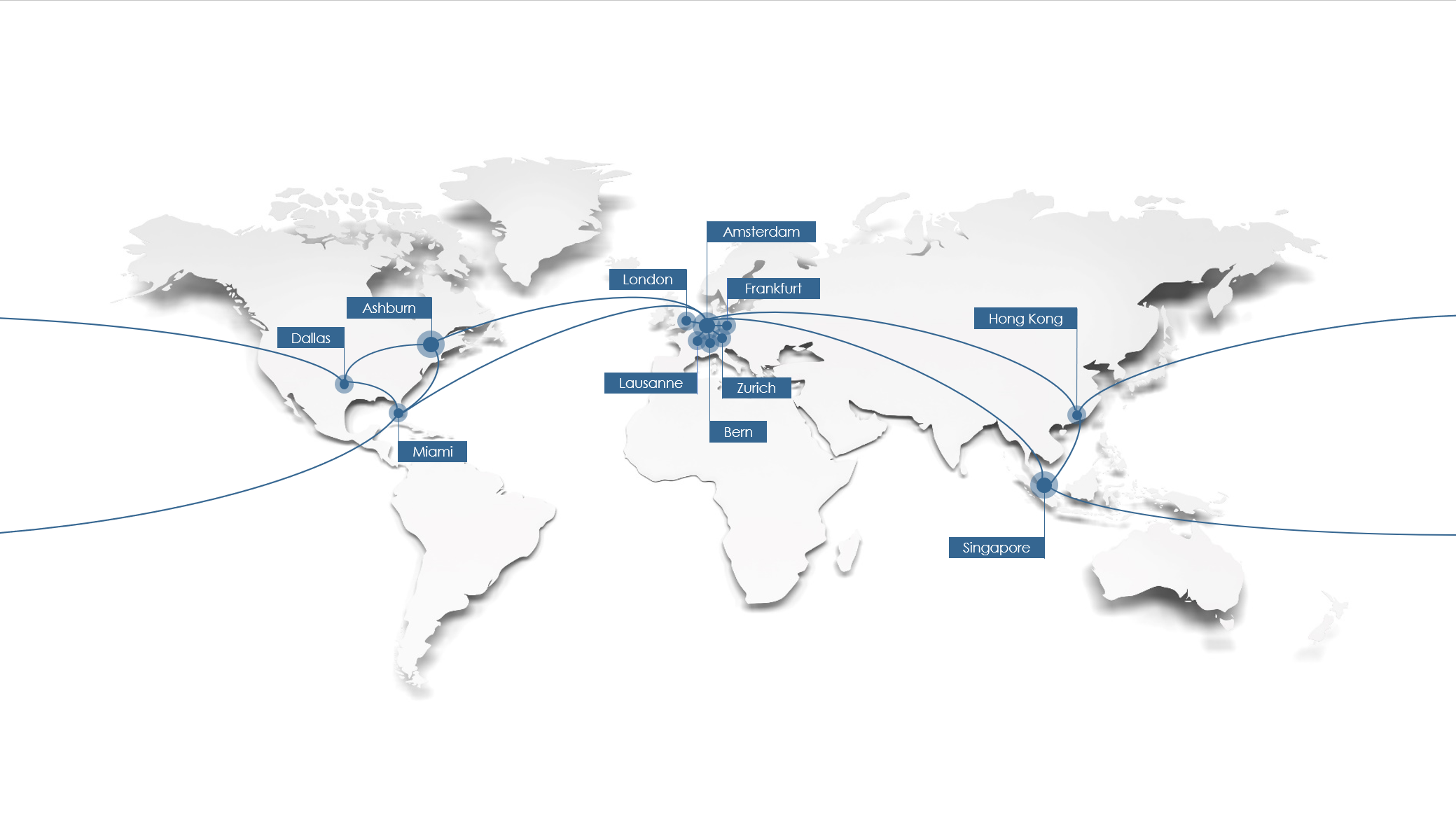Sponsored Roaming: an overview
For a start-up MNO (Mobile Network Operator) planning to go to market with consumer- based mobile services, there are many important projects which need to be managed, aligned and delivered before launch is possible.
The mobile network itself has two very important components: the radio and the core.

A mobile telecoms network company can launch without a radio network. This classifies the operator as an MVNO (“v” for virtual).
If the operator is building out a cellular radio network as well, it is classified as a Mobile Network Operator.
An MVNO always needs to enter into an agreement with an MNO to obtain access to local in-country radio network services, which are typically sold at wholesale rates and for which then the MVNO sets their own retail prices towards their subscribers.
International roaming services will also typically be part of the product package for the subscribers of MNOs and MVNOs. Full MVNOs usually have the option to either use the roaming service of their national MNO partner, find a Sponsored Roaming Services Provider, or build their own roaming footprint.
Now, building a roaming footprint takes time, so one popular strategy is to start with a Sponsored Roaming Service, which will give you the international roaming coverage that you need from day one of launch.
In parallel to this, either right away or, more often, one to two years after launch, the MVNO can start building the roaming footprint themselves.
This is where Comfone provides value to our customers.
How does Comfone support Sponsored Roaming?
We specialise in helping our customers provide international roaming services to their subscribers, regardless of whether the roaming works using the MNO or MVNO’s own IMSI and roaming coverage or using a Sponsor network.
Comfone provides all roaming services required for the operational visibility and commercial control of international roaming. Our position as a neutral and independent facilitator of Sponsored Roaming Services allows us to act on behalf of our customer by bringing the right sponsor with the right coverage to the table.
Furthermore, Comfone will integrate the Sponsoring Network with the Sponsored Network using the standard roaming interfaces for IPX and Data Clearing.
The Sponsored Network will launch international roaming operations for its subscribers with the coverage of the Sponsoring Network. Then, when the Sponsored Network is ready to take more commercial control of their roaming business, Comfone is there to support. We negotiate and sign international outbound roaming agreements with MNOs in the markets of interest for the MVNO and on their behalf, with our famous Key2roam Hub service. To ensure ubiquitous coverage in each market (country), two roaming partners will be launched before the country is “flipped” from Sponsored Roaming to Direct Roaming. This transition is done in full cooperation between Customer and Comfone.
Thanks to our unique position of having all roaming services in our portfolio, these all work together to continue providing full operational and financial visibility and control alongside the gradual transition from Sponsored Roaming to Direct Roaming.
How does it work?

For Sponsored Roaming to work, the MNO with an extensive and competitive international roaming coverage (the Sponsoring Network) agrees to lease their roaming coverage in the form of IMSI ranges to the network that needs immediate international roaming coverage (the Sponsored Network).
Both companies then establish the standard roaming interfaces between each other for IPX and Data Clearing. They can do this directly, but an easier option is to use an IPX Carrier and Data Clearing Services provider like Comfone. SIM Cards will be printed with two IMSIs on them, one of each network. A SIM Applet is also needed. It is embedded on the SIM card and controls which IMSI to use and when.
When a subscriber purchases one of these SIM Cards and inserts it into their handset, the IMSI of the Sponsored Network will be used when the subscriber is in their home country, but when the subscriber travels to another country, roaming will be activated, and the SIM Applet will switch to the Sponsoring IMSI. To the visited network, the subscriber will look like a subscriber of the sponsoring network.
New market segments

Sponsored Roaming is not only important for Consumer roaming services, but also immensely important for the global connectivity requirements of IoT/M2M devices. These devices have cellular modules or modems embedded in them, much like our mobile phones have. To get cellular connectivity to our phones, we go to one of the local mobile operators and buy a SIM card or even sometimes an e-SIM profile to download. When we activate this SIM, our phone service can be identified on the network and is connectivity enabled.
But how does an IoT/M2M device become connectivity-enabled? Typically, a company called an OEM (Original Equipment Manufacturer) will market and sell products with IoT/M2M devices in them. The device could be a car, a robot, a utility meter, a container crate, a parcel, a wearable tracking device, a streetlamp or traffic light. It could even be your scales at home!
OEMs is a very broad term, but for the sake of simplicity, let’s say there are OEMs in industrial markets, in automotive markets, in healthcare and so on. Some popular example companies are Philips, Novartis, Bosch, Shimano, ABB, VW, Tesla, BMW etc – you get the picture, there are many more.
Then, so-called IoT Connectivity & Platform Providers will form the bridge between the OEMs and Mobile Network Operators. They provide OEMs and their respective customers with global cellular connectivity, visibility and operational management of those devices in the field. There are over 12 billion devices already in the market today, 2 billion of which use cellular connectivity. Tendency rising!
The IoT roaming dilemma: Permanent Roaming

There is an increased demand for devices to use local cellular coverage as opposed to roaming. This is because these devices remain attached to a network for very long periods of time often without generating much traffic and thus no revenues. These are deemed to be permanent roaming devices.
If these are not fairly monetised by the network they are visiting (or parked in), they can potentially be disconnected from the network. Regulatory mandates in some countries around security and taxes can also urge mobile operators to block permanent roaming devices.
The IoT/M2M ecosystem is vast with multiple stakeholders, including the OEMs (the sponsored), the customers of the OEMs, the mobile operator networks in both roles (as sponsoring networks and as visited networks) and the IoT Connectivity Providers.
But the interaction between these parties is not yet optimal. The IoT Connectivity providers need more sponsors to satisfy the demand of the OEMs, who in turn are trying to build applications for their customers with guaranteed connectivity, quality and security, which is not easy because the networks in which the devices are permanently roaming are not being fairly monetised by the visited networks.
What is the future of Sponsored Roaming?

The OEMs need better access to the sponsoring networks as well so that they can take more control of the value chain and ensure better connectivity and quality.
The visited networks need better visibility of what is in their network and what these devices are doing along with the capability or option to renegotiate with the owner of the IMSI (sponsor) for a fair compensation for these “permanent devices”.
Comfone’s M2M End2End Monetisation Service is the perfect tool to do this for our customers.
Perhaps it is time for a paradigm shift in the IoT Connectivity ecosystem.
Perhaps a new solution or platform could address these market demands and create better conditions for the interactions between all the stakeholders.
Watch this space.





